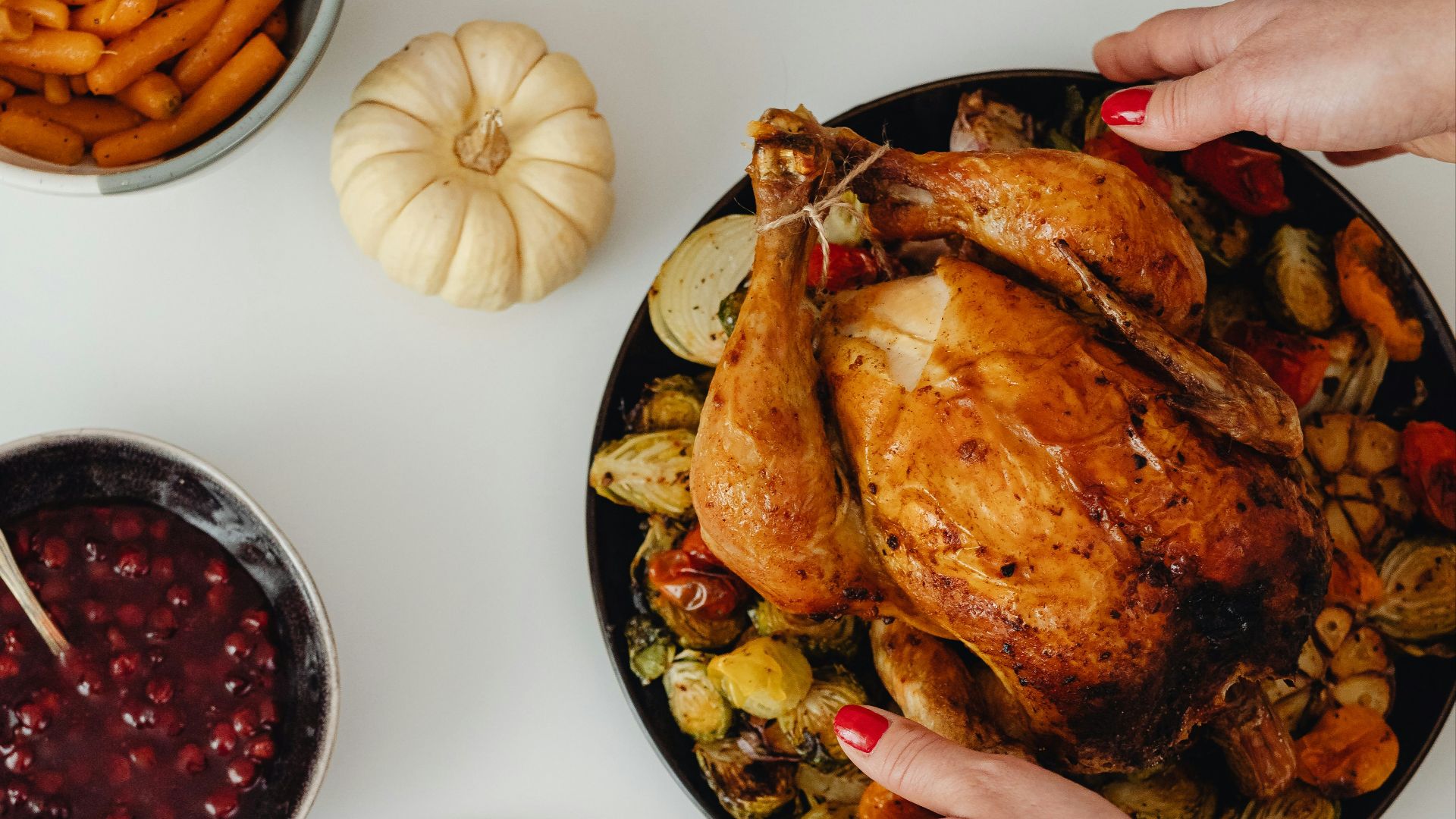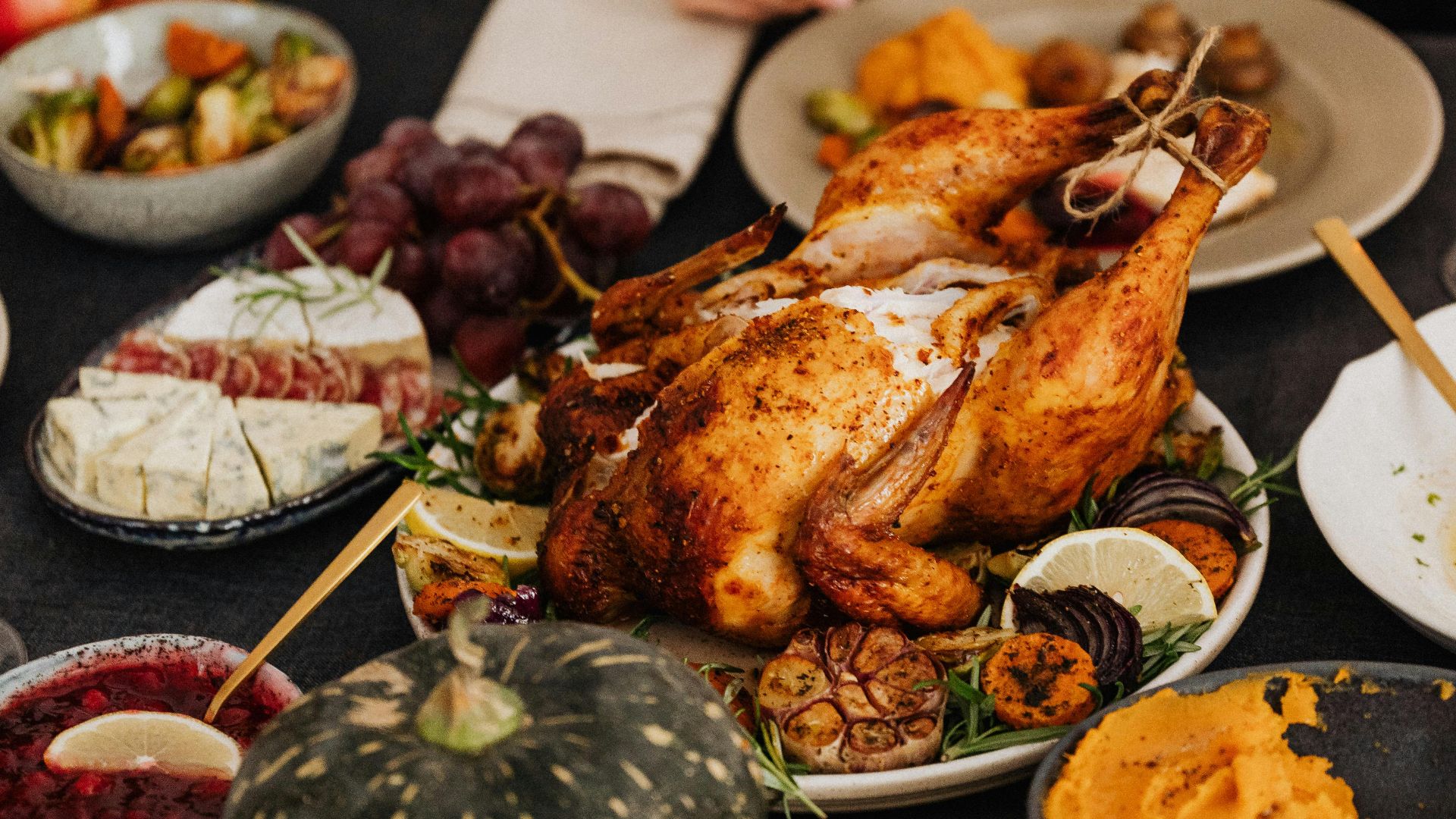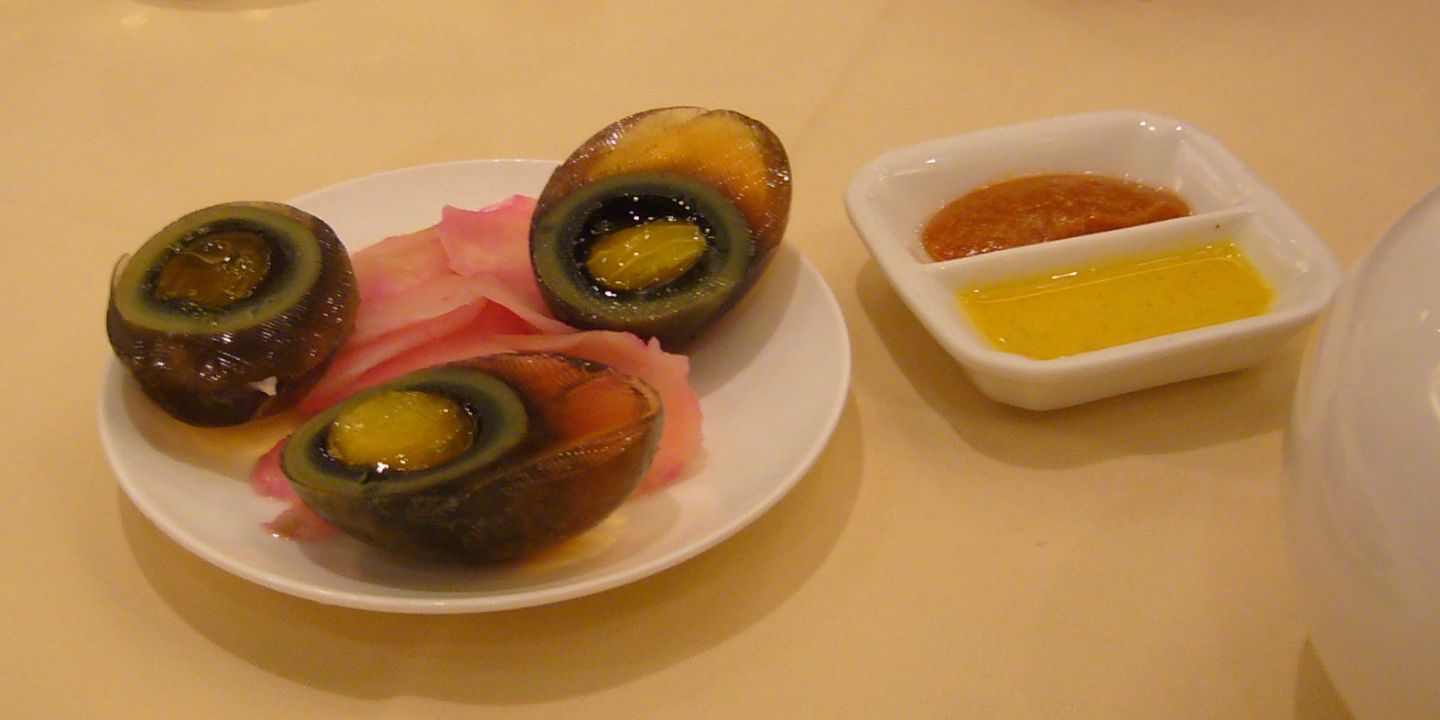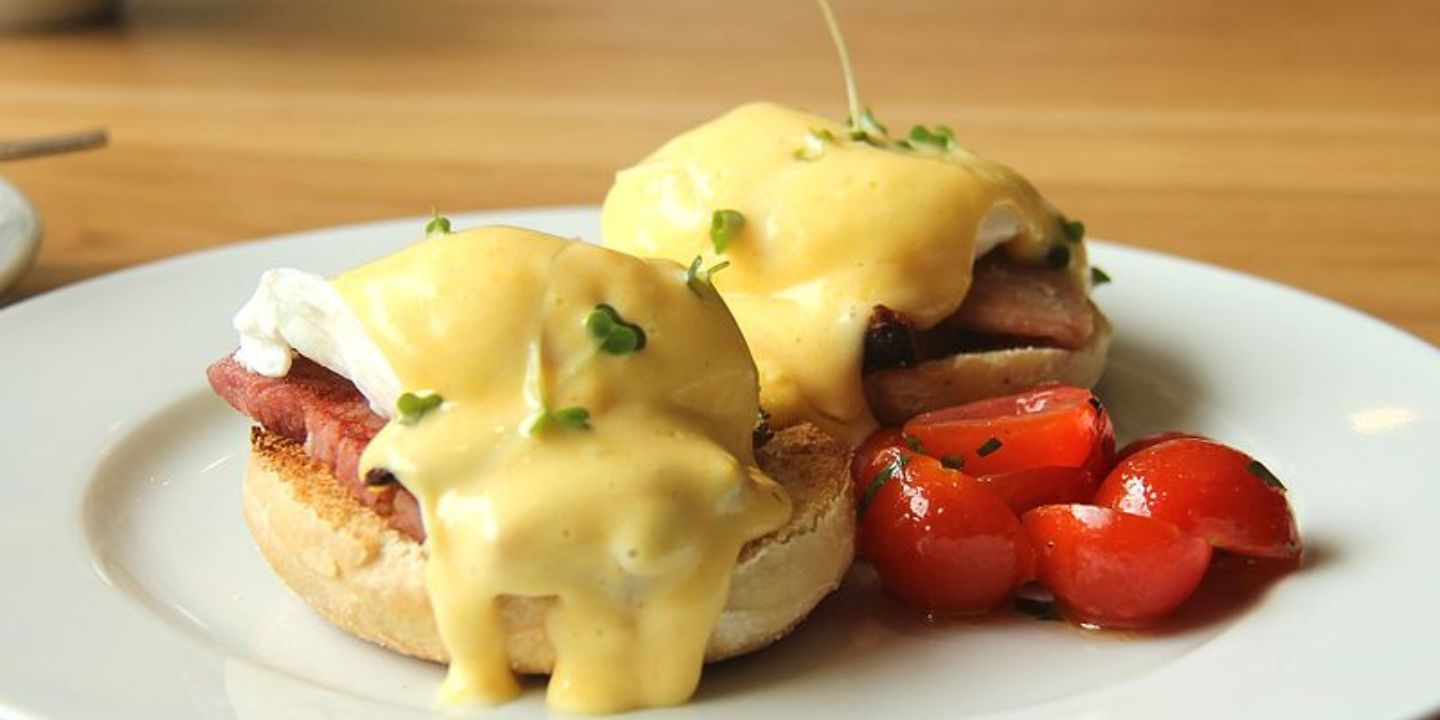 Karolina Grabowska on Unsplash
Karolina Grabowska on Unsplash
Just imagine it's 1621 in Plymouth, Massachusetts. The Pilgrims and Wampanoag people are celebrating a successful harvest with a three-day feast. You'd think turkey would be the star of the show, right? Well, not exactly.
The truth behind America's favorite Thanksgiving centerpiece is far more complicated—and honestly, way more interesting—than the story we learned in elementary school. So how did this big bird become synonymous with the holiday?
Get ready, because the real history is a wild ride through centuries of American culture, politics, and some pretty clever marketing.
What They Actually Ate At The First Thanksgiving
While wild turkey might have been on the menu at that original 1621 gathering, it definitely wasn't the main event. Edward Winslow, one of the Pilgrims who actually attended, wrote about the feast in a letter. He mentioned they hunted "fowl" for the occasion, which could have included turkey, but more likely meant ducks, geese, and swans—birds that were far more common in the area.
The Wampanoag people brought five deer, making venison the real MVP of the meal. They also likely enjoyed fish, lobster, clams, berries, and squash. No mashed potatoes (those hadn't made it to New England yet), no cranberry sauce (sugar was too expensive), and definitely no pumpkin pie. The menu looked nothing like what we eat today.
What's even more surprising is that this harvest celebration wasn't called "Thanksgiving" and wasn't repeated annually. It was basically a one-off party. The Pilgrims observed religious thanksgiving days with fasting and prayer, not feasting. So why do we associate turkey with this holiday at all?
How Turkey Became Tradition
Fast forward to the early 1800s, when turkey started becoming the Thanksgiving bird of choice, but only in certain regions. New Englanders particularly embraced turkey because it was practical. These birds were native to North America, large enough to feed a crowd, and generally available in the fall.
By the mid-19th century, influential writers like Sarah Josepha Hale—the "Mother of Thanksgiving"—started promoting turkey as the holiday's signature dish. Hale spent 17 years campaigning for Thanksgiving to become a national holiday, and her writings in Godey's Lady's Book repeatedly featured turkey-centric menus.
President Abraham Lincoln finally declared Thanksgiving a national holiday in 1863, amidst the Civil War. He was looking for ways to unite a divided nation, and a shared cultural celebration fit the bill perfectly. As the holiday became standardized, so did the menu.
The Modern Turkey Takeover
 Karolina Grabowska on Unsplash
Karolina Grabowska on Unsplash
The 20th century sealed turkey's fate as Thanksgiving royalty. Advances in refrigeration and transportation made fresh turkey available nationwide, while the poultry industry aggressively marketed it as the patriotic choice.
By the 1940s and 50s, turkey had become so associated with Thanksgiving that the connection felt ancient and inevitable. Presidential turkey pardons, which began informally in the 1940s and became official tradition under George H.W. Bush in 1989, further cemented the bird's cultural dominance, and the rest was history.







